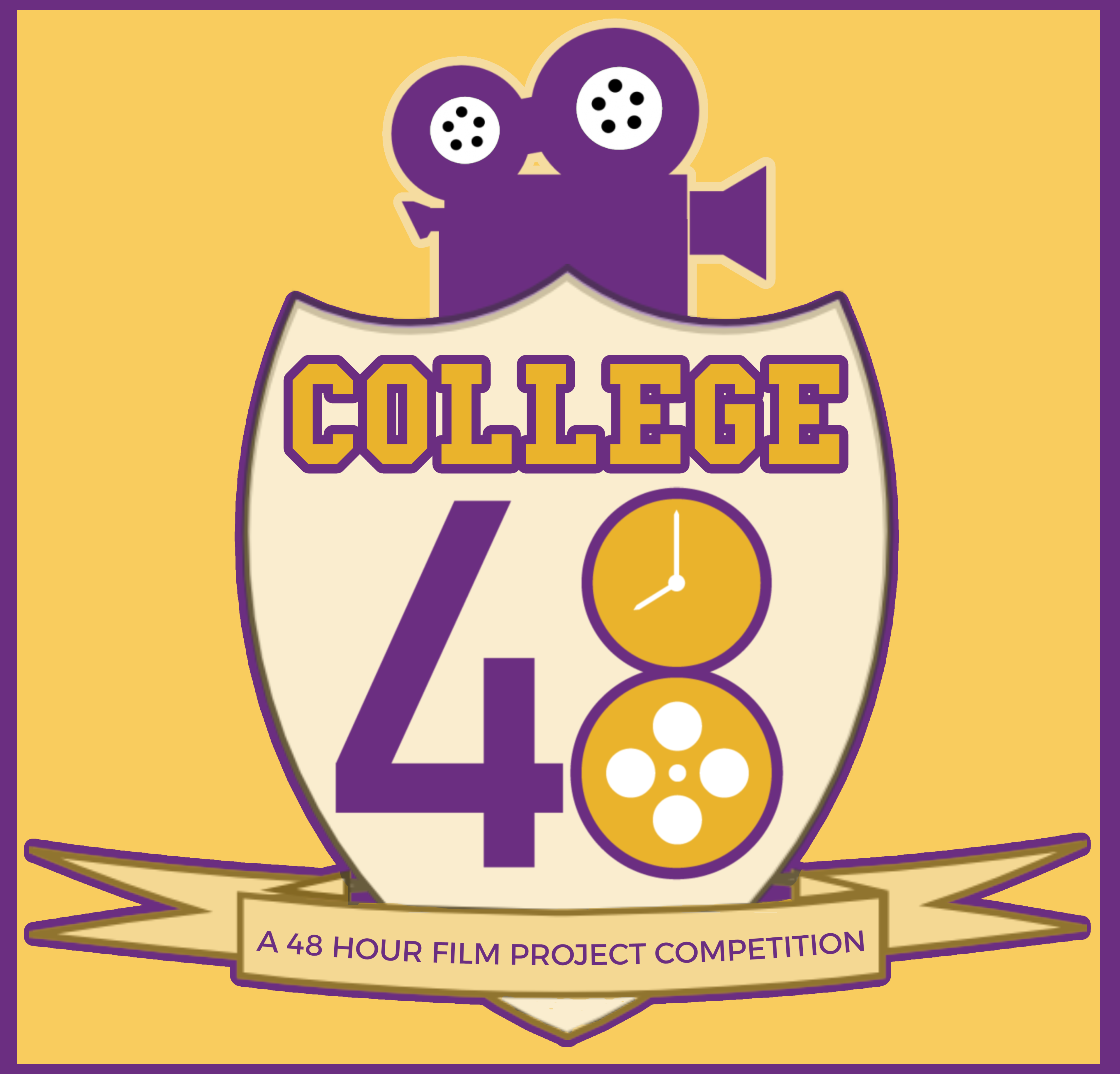Denmark 5
Listen to Denmark 5, a 58-year-old man from Valløby, near Copenhagen, Denmark. Click or tap the triangle-shaped play button to hear the subject.
Both as a courtesy and to comply with copyright law, please remember to credit IDEA for direct or indirect use of samples. IDEA is a free resource; please consider supporting us.
BIOGRAPHICAL INFORMATION
AGE: 58
DATE OF BIRTH (DD/MM/YYYY): 20/10/1964
PLACE OF BIRTH: Hvidovre, Denmark (near Copenhagen)
GENDER: male
ETHNICITY: Danish/Caucasian
OCCUPATION: photographer
EDUCATION: HF (equivalent of American bachelor’s degree)
AREAS OF RESIDENCE OUTSIDE REPRESENTATIVE REGION FOR LONGER THAN SIX MONTHS:
The speaker lived in Belize for one year and Los Angeles, California, United States, over several different periods. The first time was for about three years. At the time of this recording, he had been living in Los Angeles for four years.
OTHER INFLUENCES ON SPEECH:
The speaker grew up with an American father and a Danish mother but used Danish almost exclusively when growing up. The speaker’s native dialect is “Rigsdansk” or the standard variety of Danish that one usually hears in Copenhagen. Though his childhood was in the suburbs, he returned to Copenhagen in his teenage years and continued to reside there in adulthood.
The text used in our recordings of scripted speech can be found by clicking here.
RECORDED BY: Amaia Villegas
DATE OF RECORDING (DD/MM/YYYY): 25/06/2023
PHONETIC TRANSCRIPTION OF SCRIPTED SPEECH: N/A
TRANSCRIBED BY: N/A
DATE OF TRANSCRIPTION (DD/MM/YYYY): N/A
ORTHOGRAPHIC TRANSCRIPTION OF UNSCRIPTED SPEECH:
I grew up in Hvidovre, a small suburb to Copenhagen, uh, together with my dad, who was a journalist, and my mom, who stayed at home, and my brother, who was a couple of years older than me. Um, I don’t remember all that much from, until I was five years when we moved. I do, though, remember that we lived in some, uh, uh, big high rises. Um, in a, a pretty horrible area: uh, Hvidovre. When I was five, we moved to a nice big house down to a small river in Vallø [Valløby], which is like, uh, twenty-five, thirty miles out of Copenhagen. Uh, we had a beautiful view right down to the river. From my first day there, I got some good friends, which, uh, when school started it showed out that I was in the same class as them, in second grade. And we spent a lot of time going to the forest and to the beach, uh, and down to the small river. I had a small boat, so I went fishing most of the time. The homework that I did make I, I very often read it down in my boat. Uh, we often went to the beach, uh, um. And, and generally speaking, I mean, it, it was another time because we didn’t have computers or phones. And we had to, like, use our imagination, I think more than children do today.
Later on, uh, when I was eighteen, I moved to Los Angeles and lived there for a couple of years, and then I moved to Belize and lived there for a year. Um, all the time when I grew up, uh, my — since my dad was a journalist, we had lots of people staying in our home from all over the world. And that kind of gave me another perspective. And, um, that’s it, I guess.
[The subject reads a passage from Den Grimme Aelling, or The Ugly Duckling, by Hans Christian Andersen, in Danish]: Endelig revnede det store æg. “Pip! pip!” sagde ungen og væltede ud; han var så stor og styg. Anden så på ham: “Det er da en forfærdelig stor ælling den!”; sagde hun; “ingen af de andre ser sådan ud! det skulle dog vel aldrig være en kalkunkylling! nå, det skal vi snart komme efter! i vandet skal han, om jeg så selv må sparke ham ud!”TRANSCRIBED BY: Amaia Villegas
DATE OF TRANSCRIPTION (DD/MM/YYYY): 26/06/2023
PHONETIC TRANSCRIPTION OF UNSCRIPTED SPEECH: N/A
TRANSCRIBED BY: N/A
DATE OF TRANSCRIPTION (DD/MM/YYYY): N/A
SCHOLARLY COMMENTARY: N/A
COMMENTARY BY: N/A
DATE OF COMMENTARY (DD/MM/YYYY): N/A
The archive provides:
- Recordings of accent/dialect speakers from the region you select.
- Text of the speakers’ biographical details.
- Scholarly commentary and analysis in some cases.
- In most cases, an orthographic transcription of the speakers’ unscripted speech. In a small number of cases, you will also find a narrow phonetic transcription of the sample (see Phonetic Transcriptions for a complete list). The recordings average four minutes in length and feature both the reading of one of two standard passages, and some unscripted speech. The two passages are Comma Gets a Cure (currently our standard passage) and The Rainbow Passage (used in our earliest recordings).
For instructional materials or coaching in the accents and dialects represented here, please go to Other Dialect Services.
 IDEA: International Dialects of English Archive
IDEA: International Dialects of English Archive





